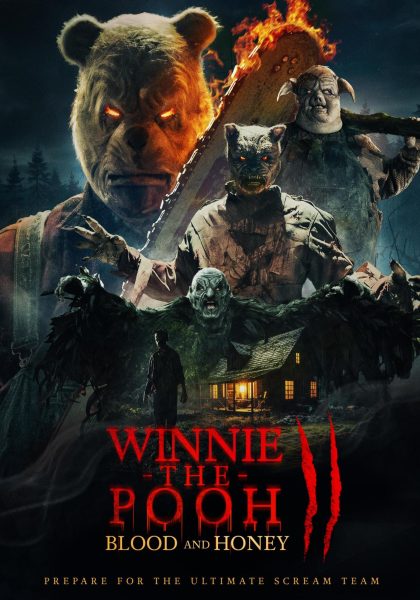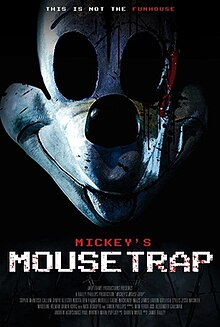Does Netflix’s Ted Bundy documentary paint the full picture?
December 13, 2022
In 2019, Netflix released “Extremely Wicked, Shockingly Evil and Vile” directed by Joe Berlinger, a movie based on Ted Bundy’s life. Following the release of the film, viewers became intrigued by the story of the serial killer; however, it became a common misconception that the story of Bundy was limited to the information provided in the Netflix film.
For example, Carol DaRonch was a woman who survived an encounter with Bundy and was able to identify him to the police after said encounter. Her experience and court case played a pivotal role in the murder trial but was partially addressed and misperceived in the movie.
Contrary to the shy, unsure woman presented in the film, DaRonch was confident and definite in her statements to the judge in real life. In the Netflix documentary “Conversations with a Killer: The Ted Bundy Tapes,” the victim goes on to describe her first-hand, traumatizing experience, but Berlinger’s film disregarded the depths of the crime and gave the actor who portrayed Carol DaRonch limited lines.
While the case concerning DaRonch was featured in the film, the important Lake Sammamish Park murders were simply alluded to. Denise Naslund and Janice Ott went missing in a crowd estimated to have consisted of over 40,000 people on the day of the Lake Sammamish murders.
It became the first of Bundy’s crimes to have a witness to provide a description of him and a name. “Extremely Wicked, Shockingly Evil and Vile” forces the viewer to pay close attention to a simple allusion of a major event in the true story of the serial killer.
While most of the information is accurate, Berlinger’s film misses the key points of the true story of Bundy and his victims. Despite this, it remains an enjoyable film for many to watch.















